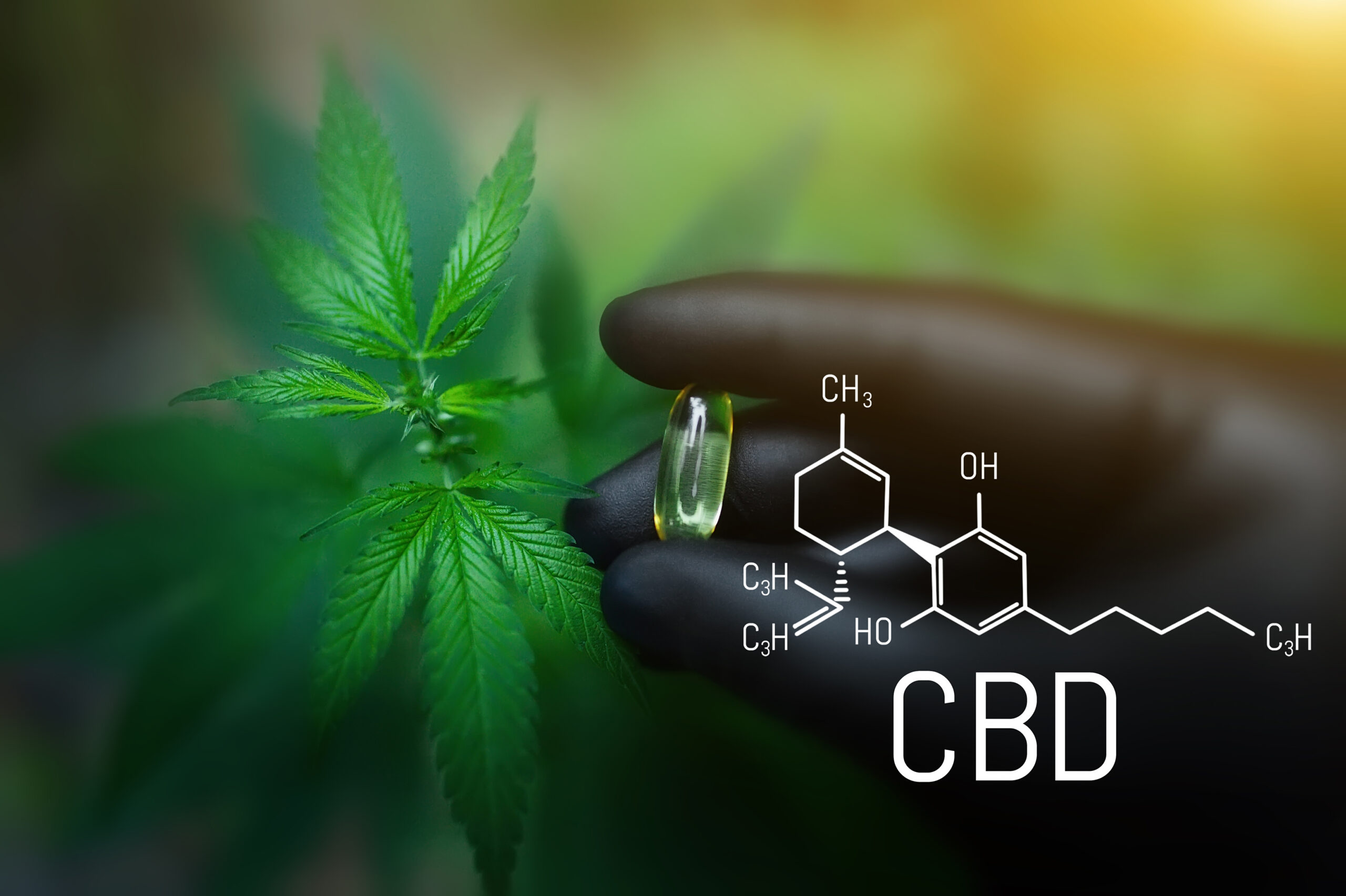
Why Full Spectrum CBD Is the Most Effective Form of CBD
Why Full Spectrum CBD Is the Most Effective Form of CBD Understanding Full
CBD (cannabidiol) and THC (tetrahydrocannabinol) are two prominent compounds found in the cannabis plant, each with distinct properties and effects. The key difference lies in their psychoactive nature. THC is the psychoactive component responsible for the “high” experienced when consuming marijuana. It binds to the brain’s cannabinoid receptors, altering perception and mood. In contrast, CBD is non-psychoactive, meaning it does not produce intoxicating effects. Instead, CBD interacts with the body’s endocannabinoid system, promoting relaxation, pain relief, and therapeutic benefits without inducing a euphoric state. Due to its non-intoxicating properties, CBD is often favored for its potential medical applications, including treating anxiety, inflammation, and epilepsy, while THC can be effective for severe pain, although it is primarily used for recreational purposes.
The Endocannabinoid System (ECS):
The Endocannabinoid System (ECS) is a complex regulatory network found in the bodies of all mammals. It plays a crucial role in maintaining physiological balance, or homeostasis. The ECS consists of three main components: endocannabinoids, receptors, and enzymes. Endocannabinoids are naturally occurring molecules produced by the body, which bind to specific receptors (CB1 and CB2) located throughout the central nervous system and peripheral tissues. These interactions help regulate various processes such as pain perception, mood, appetite, and immune responses. Understanding the ECS has led to advancements in medical research, particularly in the potential therapeutic applications of cannabinoids for various health conditions.
CBD’s Interaction with the ECS
CBD, or cannabidiol, interacts with the Endocannabinoid System (ECS) in a fascinating way. Unlike its psychoactive counterpart THC, CBD does not directly bind to CB1 or CB2 receptors. Instead, it modulates the ECS by influencing endocannabinoid activity and inhibiting certain enzymes that break down endocannabinoids. This process leads to increased levels of anandamide, a prominent endocannabinoid known for its mood-lifting properties. By affecting the ECS, CBD contributes to regulating pain perception, inflammation, anxiety, and sleep patterns. Moreover, this interaction has sparked considerable interest in CBD’s potential therapeutic benefits, making it a promising area of research for various health conditions.
FDA Disclaimer
These statements have not been evaluated by the Food and Drug Administration. This product is not intended to diagnose, treat, cure, or prevent any disease.

Why Full Spectrum CBD Is the Most Effective Form of CBD Understanding Full

Sensi CBD Gummies: The Low-Sugar, Vegan Alternative to Sugar-Loaded Brands CBD gummies are

CBD for Hiking – Enhance Endurance, Recovery & Mindful Adventure Discover how CBD